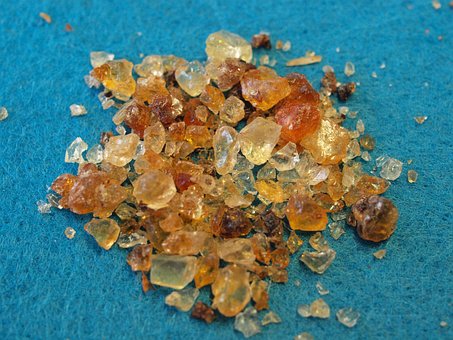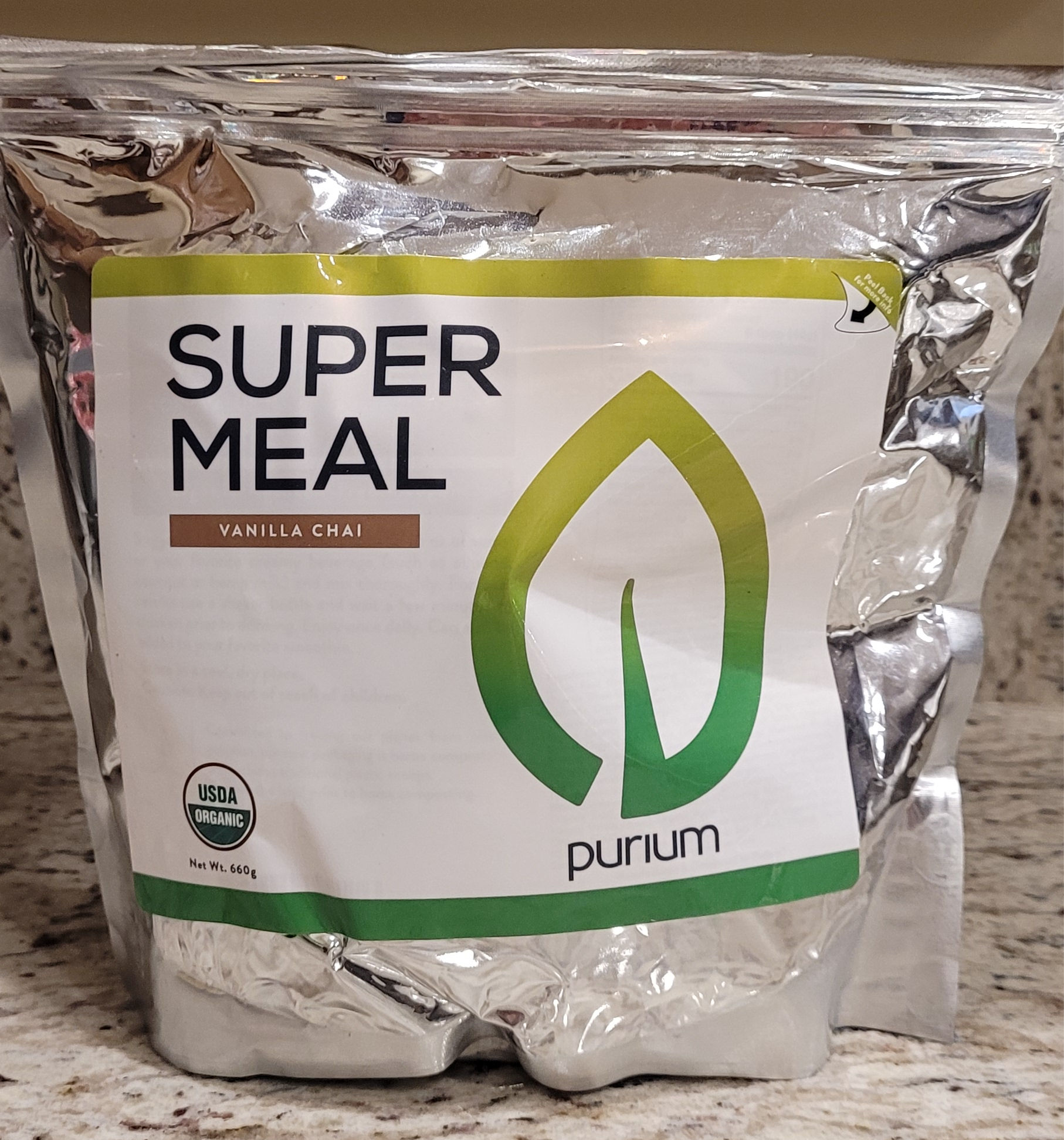Acacia fiber is a new type of soluble dietary fiber that comes from acacia gum. In recent years, the popularity of Acacia fiber as a food ingredient has grown strongly, with Western Europe accounting for greater than 50% of new product launches due to its health benefits and functionality in foods and beverages.
Gum acacia is a form of dietary fiber that is produced from the natural exudate of the Acacia tree. The tree is found in the Sahel Region of Africa.
Similarly to how maple syrup is harvested from Maple trees, this exudate is harvested in a very similar way. The use of acacia in food dates back to as early as the 9th century when it was traded on ancient spice routes.
Adding fiber to foods can help people get the recommended amount of fiber, but it can be difficult to choose the right fiber.
Currently only 9% of adults meet the recommended amount of fiber. This data suggests that addressing fiber deficiency is both a public health need and consumer need.
The UK Food and Drink Federation’s recently launched initiative, “Action on Fiber,” is taking up this important public health challenge by proactively pledging to bridge the fiber gap across bakery, beverage, cereal and snacks categories.
However, fiber addition is not always straightforward. It can be hard to find a source of fiber that can be easily added to foods and beverages. For example, some fiber can cause beverages to thicken or become more viscous, which can be undesirable.
Different fibers have different effects on the human body, so different sources of fiber offer different combinations of benefits and side effects.
One potential fiber source that comes with health benefits and easy formulation in some applications is acacia fiber.
Acacia Fiber Health Benefits
1. Studies on Acacia show prebiotic effects and a role in digestive health.
According to clinical studies, Acacia fiber can help promote the growth of healthy bacteria in the human digestive system.
In a clinical trial, it was found that taking 10 grams of acacia fiber per day led to a significant increase in the levels of Bifidobacterial and Lactobacilli. Furthermore, the prebiotic effect of acacia fiber was more effective than the same dose of inulin.
A study by Cherbut et al. found that a similar prebiotic effect can lead to increased stool weight, which may be linked to positive digestive health benefits.
2. Acacia fiber has been linked to improvements in satiety and cardiometabolic health in studies.
Acacia fiber may also help with weight management.
Acacia fiber has been shown to significantly improve satiety at 5 g/serving, which has led to a significant reduction in energy intake at the first meal three hours after ingestion, as well as reduced feelings of hunger for at least three hours after consumption, with no compensation effect.
Acacia fiber, when added to food and drinks, has been shown to reduce hunger and create a feeling of fullness. Acacia intake has also been linked to cardiometabolic health, such as improving fasting glucose levels, which expands the potential uses for Acacia beyond digestive health.
3. Acacia fiber does not cause as much GI discomfort as other prebiotic fibers.
The main issue that many people have is that, even though fiber is good for health, it can have negative consequences like production of too much gas and bloating if you consume as little as 5-10 grams per day.
Many people have started looking for different types of fiber that are associated with health benefits but don’t cause gastrointestinal discomfort.
In studies of people taking acacia fiber, up to 40 grams per day caused no significant increase in discomfort and led to fewer reported side effects than FOS (a different type of dietary fiber), indicating that acacia fiber is very well tolerated by the digestive system.
Global regulatory bodies believe that Acacia has a lot of health benefits and is a great source of fiber. Acacia fiber can be used to create a product that is high in dietary fiber. This product can then be used to make a claim that the product is high in fiber.
Last year, the U.S. The FDA has announced that it plans to include “Acacia (Gum Arabic)” as part of its definition of dietary fiber. This will make Acacia fiber a key solution for increasing the amount of dietary fiber people consume.
The FDA has determined that the scientific evidence supports gum acacia’s ability to reduce blood glucose and insulin levels after it is eaten with a meal containing a carbohydrate that raises blood glucose levels.
4. May benefit IBS (Irritable Bowel Syndrome).
Irritable bowel syndrome is an intestinal disorder that causes periods of constipation, diarrhea, or both. IBS symptoms can involve gas, bloating, and abdominal pain.
IBS is often used as a general term for people who have digestive problems. There is no one specific cause of IBS, as there are many different potential causes that can lead to the symptoms of IBS. Dietary change is one of the most effective treatments for IBS. Most people’s diets will be unique to them. Some types of food can help reduce the symptoms of IBS, for example soluble fiber.
A study of 130 people with IBS found that those who were randomly assigned to the active group had better results than the control group. The researchers compared two groups, one of which consumed yogurt with acacia fiber and B. lactis added.
The researchers measured the symptoms of IBS in participants who consumed either acacia, B. lactis, or a placebo. They found that the addition of acacia and B. lactis significantly reduced the symptoms of IBS. Patients were given a questionnaire to fill out before and after the trial began in order to gauge any changes.
After eight weeks, the group of people who were actively taking acacia and B. lactis reported that their symptoms of IBS had significantly improved.
The groups that reported constipation or diarrhea as their predominant symptom both reported satisfaction with their bowel movements after eating acacia enriched yogurt, supporting the use of this yogurt as a therapy for IBS.
5. Supports kidney health.
One of the complications of diabetes is called diabetic nephropathy (DN). If your blood sugar is not controlled well, it can cause damage to the blood vessels in your kidneys over time. The function of these blood vessels is to help remove waste products from the blood. If left untreated, DN can cause serious health problems like kidney damage and high blood pressure. Researchers are constantly trying to find ways to treat conditions like DN without using medication
Acacia gum has been used for centuries to treat kidney-related diseases in Middle Eastern countries. The main reason this happens is not because of the fiber content, but because of the minerals in acacia. Acacia contains magnesium, calcium, and potassium, which are all essential nutrients for kidney health and function.
A study found that acacia gum intake significantly improved kidney function in diabetic mice. Other research has demonstrated that acacia can help to remove creatinine from the kidneys in healthy mice.
However, this study found that acacia could also lower blood pressure, increase calcium removal, and decrease phosphate and urea concentrations in the blood. The mice also had an increased rate of urine flow and less protein in their urine. All factors which prove acacia beneficial for diabetic nephropathy.
6. May lower cholesterol.
A diet high in dietary fiber can help to lower your cholesterol levels naturally.
Despite the ongoing debate about the relationship between cholesterol and heart disease, there is strong evidence linking oxidized cholesterol to heart disease. A keto diet is a high-fat diet, but that doesn’t mean it will cause the oxidation of cholesterol. Cholesterol is more closely linked to inflammation than anything else.
Having high cholesterol levels may increase your risk of developing heart disease, so it is important to try to keep your cholesterol levels within a healthy range. Consuming more soluble fiber may help to lower cholesterol levels, without the nasty side effects that come with taking statin drugs.
How do soluble fibers effect cholesterol?
- The prevention of bile salt reabsorption. Bile salts are made up of several compounds, including cholesterol. When bile salts are released into your intestines, soluble fiber binds to them and pulls them out in your waste.
- Reduced glycemic response. Soluble fiber slows down the absorption of glucose in your intestine. This decreased spike in glucose leads to a decrease in insulin secretion as well. Insulin is required for your liver to create cholesterol.
- The creation of fermentation products. When soluble fiber travels through your intestinal tract, much of it is fermented. This fermentation creates byproducts like propionate. that have physiological effects in your body.
7. Supports weight loss.
If you want to improve your digestive health and feel full for longer, you should make sure to get enough fiber in your diet. Both aspects are crucial when it comes to weight loss.
In a study that was double-blind, placebo-controlled, and randomized, researchers gave a group of women either acacia fiber or pectin for six weeks. The researchers wanted to explore the benefits of acacia in a human trial. The study’s participants had their body composition, including BMI (body mass index) and skinfold tests for body fat percentage, analyzed before and after the study. After six weeks, the acacia group had lower BMI and body fat percentage.
The researchers concluded that acacia gum could help people who are struggling with obesity.
8. Enhances oral health.
Proper nutrition is important for oral health just like it is for the rest of the gastrointestinal tract. Acacia has the potential to not only reduce gingivitis but also reduce plaque build-up in your mouth.
Plaque that builds up in your mouth can contain bacteria that causes damage to your teeth’s enamel, resulting in cavities. If plaque is not regularly removed from teeth, it can eventually turn into tartar. Tartar can cause tooth decay and gum disease.
In a trial, researchers compared the ability of acacia gum and an alternative sugar-free gum to reduce plaque. Those who chewed acacia showed less plaque buildup than those who didn’t chew anything.
Acacia gum has been studied for its tooth remineralization properties because it contains high levels of calcium. After cavities are formed, remineralization becomes important in order to prevent further tooth damage and decay.
Acacia gum has numerous benefits for oral health, including preventing plaque formation and cavities.
Acacia fiber is sustainable.
- It has a role in sustainable agriculture. The Acacia tree helps helps combat deforestation and increase other crops yields in the Sahel region in Africa
- Farming of Acacia supports local communities. the harvesting of Acacia fiber is carried out by local farmers in a way that does not damage tree growth and forms an important source of secondary revenue, making it a critical income generator among vulnerable communities – up to 38% of total annual income
Acacia has a functional role in food and beverage beyond contributing fiber.
Acacia fiber does not cause tooth decay and has minimal impact on the taste, aroma, texture, and visual properties of food and beverage products. This means it can be used in many different kinds of products, like bread, drinks, and cereal bars, to help manufacturers make claims about fiber content and improve the health score of their final product.
White bread is not as nutritious as other types of bread because it has a lower fiber content. Bread fortified with acacia fiber can provide up to 300% more fiber per serving than non-fortified bread, which is similar to the amount of fiber found in whole wheat bread. This bread still has the same taste and consistency that many people prefer, making it a good option for those who want to increase their fiber intake.
Application testing, sensory analysis, and texture analysis confirm that Acacia fiber does not negatively affect taste or aroma. This also applies to measuring the volume, softness, color of the crust and crumb of the loaf, and has little effect on the dough’s consistency, making it easy for bakers to work with.
Other fiber products on the market, such as citrus fiber, soluble corn fiber, and inulin, can have negative impacts on the sensory qualities and dough-handling properties of bread. Inulin made the bread more dense, lower in volume, firmer, and with an undesirable texture. Acacia fiber fortified bread is still a good choice when looking for a fiber to add to baked goods.









